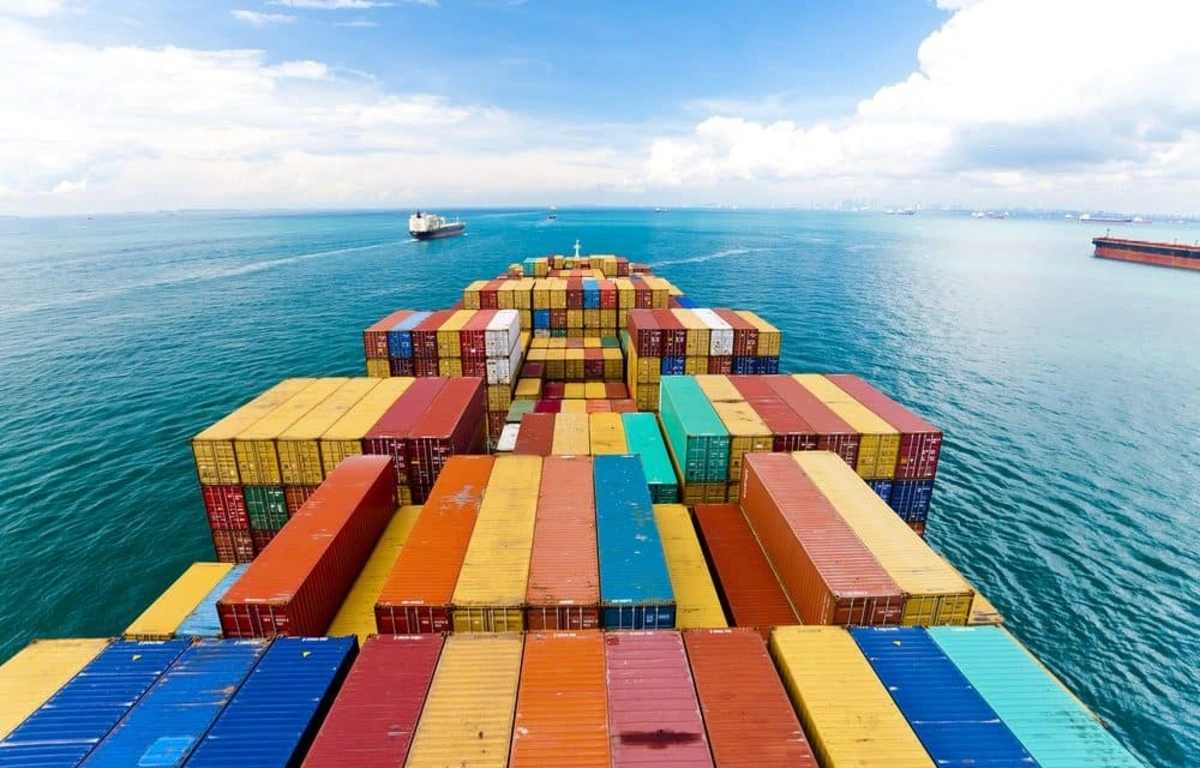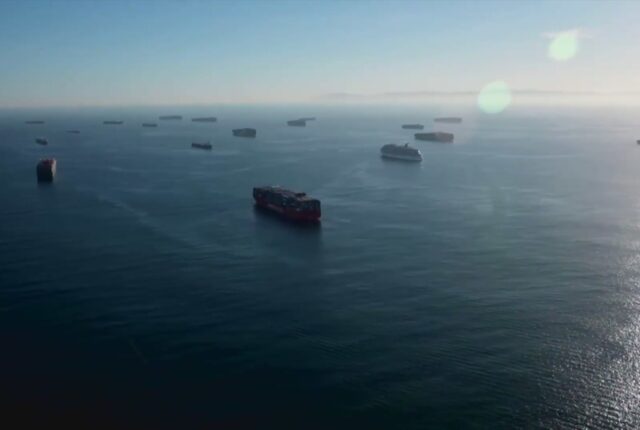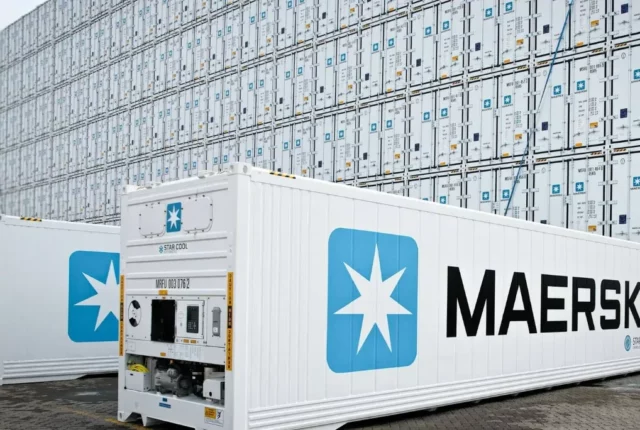
Navigating the Waves: Strategies for Efficient and Cost-Effective Sea Freight
In the vast world of international trade, sea freight remains a cornerstone for transporting goods across continents. It offers a cost-effective and reliable solution, but like any venture, it requires careful planning and execution to ensure both efficiency and affordability. In this extensive guide, we’ll dive deep into the strategies, insights, and tips to master the art of sea freight. From understanding logistics to optimizing routes, this article equips you with the knowledge to navigate the challenges of sea freight successfully.
Strategies for Efficient and Cost-Effective Sea Freight
Sea freight is the lifeblood of global trade, involving the transportation of goods via cargo ships using standardized freight containers. This method provides a cost-effective means of moving large quantities of products across vast oceans.
- Choosing the Right Shipping Container
Selecting the appropriate container can significantly impact your shipping costs. It’s essential to understand the various container types and sizes to avoid wasting space and incurring unnecessary expenses.
- Efficient Packing
Efficient cargo packing is an art that maximizes space utilization and minimizes costs. Properly packed cargo ensures that the container’s space is optimized, reducing the need for additional shipments and the associated expenses.
- Route Planning and Optimization
Choosing the best sea routes is crucial for minimizing transit times and costs. Factors like weather conditions, transit times, and fuel consumption must be considered when planning your shipping routes.
- Consolidation and Groupage
Consolidating shipments can lead to substantial cost savings. This involves combining several smaller shipments into one container, reducing per-unit shipping costs, which is especially beneficial for businesses with smaller cargo quantities.
- Embracing Technology
Modern technology, including freight management software and real-time cargo tracking, has revolutionized the sea freight industry. Embracing tools like IoT (Internet of things) can help you monitor shipments, optimize routes, and reduce administrative costs.
- Sustainable Shipping Practices
Implementing eco-friendly approaches to sea freight not only benefits the environment but can also result in long-term cost savings. It’s no longer just a buzzword; sustainability is a fundamental aspect of modern business.
FAQs
Q: What are the primary advantages of sea freight over other modes of transportation? A: Sea freight offers cost-effectiveness for transporting large quantities of goods, making it ideal for international trade. It’s also environmentally friendly compared to air freight.
Q: How can I ensure the safety of my cargo during sea freight? A: Proper packing, container selection, and using reliable shipping partners with good security measures can help protect your cargo.
Q: Are there any specific regulations I should be aware of when shipping internationally by sea? A: Yes, international shipping involves customs regulations and documentation requirements. Working with a knowledgeable freight forwarder or customs broker is advisable.
Q: Can technology really help reduce sea freight costs? A: Absolutely. Technology enables better route planning, cargo tracking, and administrative efficiency, all of which contribute to cost savings.
Q: Are there any government incentives for adopting sustainable shipping practices? A: Some countries offer incentives for eco-friendly shipping, such as tax breaks or grants for investing in greener technology.
Conclusion
Efficiently and cost-effectively navigating the waves of sea freight may seem daunting, but with the right strategies and insights, it becomes a manageable challenge. From optimizing your choice of shipping containers to embracing sustainable practices, these strategies will not only help you reduce costs but also enhance the reliability and sustainability of your sea freight operations.
In the world of international trade, the ability to navigate the waves is the key to success.






